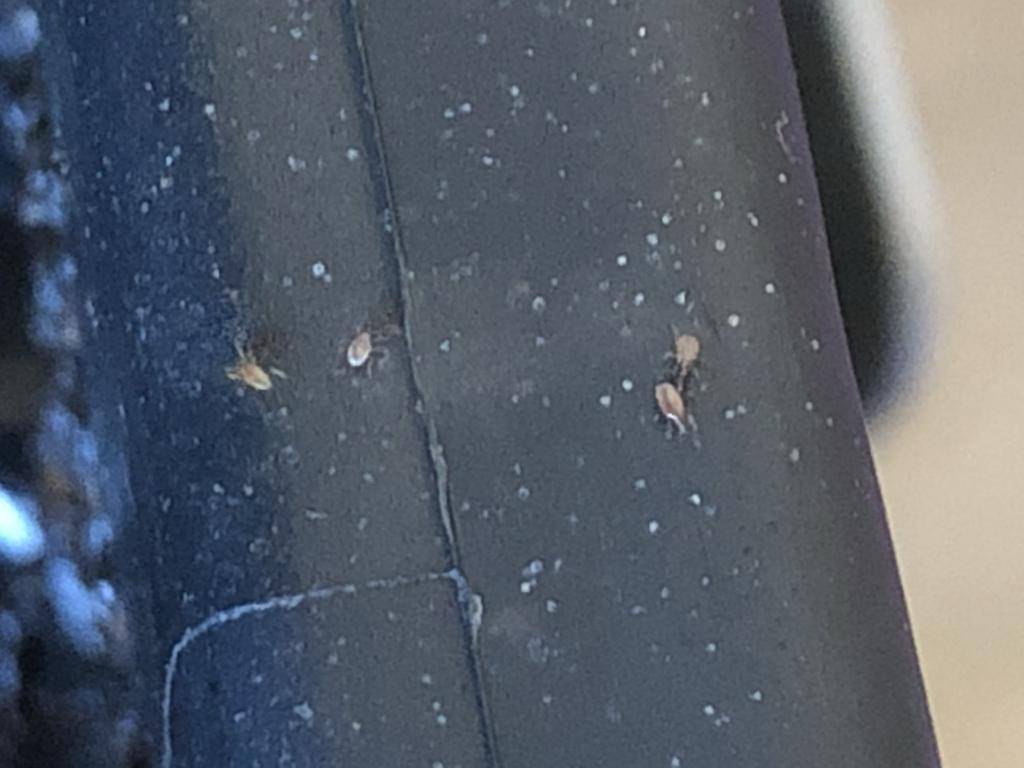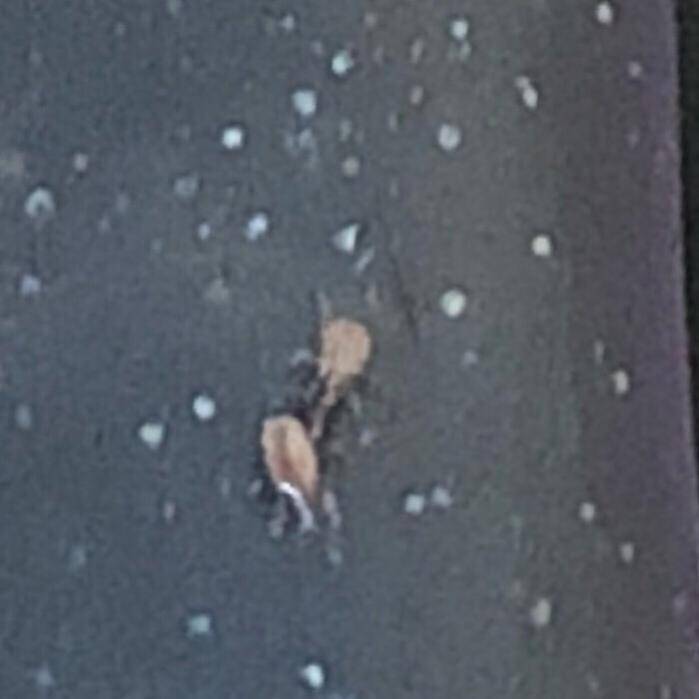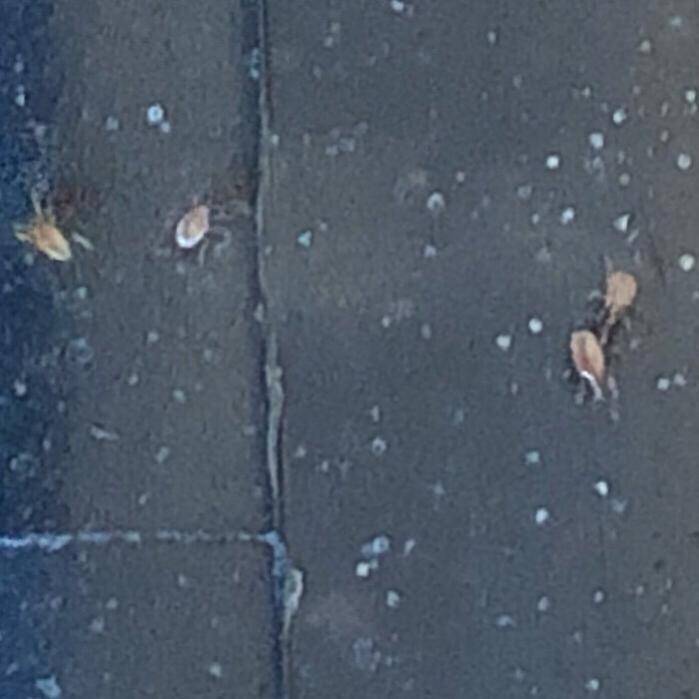DTOM420
Member
I just started my first 2 worm bins, 3 weeks ago. One has 2000 red wigglers in it from Uncle Jim’s worm farm and the other has 500 Alabama jumpers from a local guy. I put some wet shredded newspaper down and then added come bagged compost I had laying around and covered them with a wet, folded newspaper.
I have no moisture dripping out of the bins but there is some light condensation on the underside of the one with a lid. The kid has 8 1-inch holes in it with screen covering them. I have not fed them much but I did give them a little over-ripe banana, coffee grounds and Brussel sprout leaves along with a cup of ground malted barley. The 2000 worm bin has received maybe 3-4lbs of those inputs since I got them. I figured the compost would keep them busy but wanted to give them a choice. I’ve been keeping the bins in the house, in separate rooms and these bugs have only appeared in the bin with the red wigglers from Jim’s. So, I’m thinking they came in with those worms
Today I was shocked to see these fast moving little spider looking things EVERYWHERE! Thank God they’re in a separate part of the building from my grow! Can’t anyone identify what they are? Sorry the picture quality isn’t great - they’re very hard to photograph!



Here’s a 10-second video of them:
https://vimeo.com/305347940
I have no moisture dripping out of the bins but there is some light condensation on the underside of the one with a lid. The kid has 8 1-inch holes in it with screen covering them. I have not fed them much but I did give them a little over-ripe banana, coffee grounds and Brussel sprout leaves along with a cup of ground malted barley. The 2000 worm bin has received maybe 3-4lbs of those inputs since I got them. I figured the compost would keep them busy but wanted to give them a choice. I’ve been keeping the bins in the house, in separate rooms and these bugs have only appeared in the bin with the red wigglers from Jim’s. So, I’m thinking they came in with those worms
Today I was shocked to see these fast moving little spider looking things EVERYWHERE! Thank God they’re in a separate part of the building from my grow! Can’t anyone identify what they are? Sorry the picture quality isn’t great - they’re very hard to photograph!
Here’s a 10-second video of them:
https://vimeo.com/305347940


